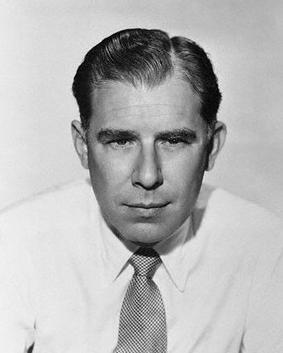
George Seaton was an American screenwriter, playwright, film director and producer, and theater director. Seaton led several industry organizations, serving as a three-time president of the Motion Picture Academy of Arts and Sciences, president of the Writers Guild of America West and the Screen Directors Guild, and vice president of Motion Picture Relief Fund. He won two Academy Awards for his screenplays.
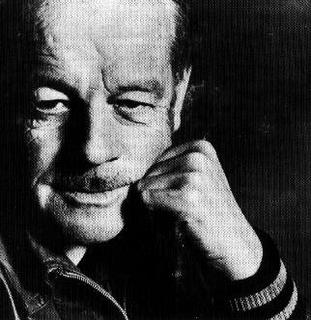
Alistair Stuart MacLean was a Scottish novelist who wrote popular thrillers and adventure stories. Many of his novels have been adapted to film, most notably The Guns of Navarone (1957) and Ice Station Zebra (1963). In the late 1960s, encouraged by film producer Elliott Kastner, MacLean began to write original screenplays, concurrently with an accompanying novel. The most successful was the first of these, the 1968 film Where Eagles Dare, which was also a bestselling novel. MacLean also published two novels under the pseudonym Ian Stuart. His books are estimated to have sold over 150 million copies, making him one of the best-selling fiction authors of all time.

Ice Station Zebra is a 1963 thriller novel written by Scottish author Alistair MacLean. It marked a return to MacLean's classic Arctic setting. After completing this novel, whose plot line parallels real-life events during the Cold War, MacLean retired from writing for three years. In 1968 it was loosely adapted into a film of the same name.

Pituffik Space Base, formerly Thule Air Base, is the United States Space Force's northernmost base, and the northernmost installation of the U.S. Armed Forces, located 750 mi (1,210 km) north of the Arctic Circle and 947 mi (1,524 km) from the North Pole on the northwest coast of the island of Greenland. Pituffik's Arctic environment includes icebergs in North Star Bay, two islands, a polar ice sheet, and Wolstenholme Fjord – the only place on Earth where four active glaciers join together. The base is home to a substantial portion of the global network of missile warning sensors of Space Delta 4, and space surveillance and space control sensors of Space Delta 2, providing space awareness and advanced missile detection capabilities to North American Aerospace Defense Command (NORAD), the United States Space Force, and joint partners.

Voyage to the Bottom of the Sea is a 1961 American science fiction disaster film, produced and directed by Irwin Allen, and starring Walter Pidgeon and Robert Sterling. The supporting cast includes Peter Lorre, Joan Fontaine, Barbara Eden, Michael Ansara, and Frankie Avalon. The film's storyline was written by Irwin Allen and Charles Bennett. The opening title credits theme song was sung by Avalon. The film was distributed by 20th Century Fox.

Bernt Balchen was a Norwegian pioneer polar aviator, navigator, aircraft mechanical engineer and military leader. A Norwegian native, he later became an American citizen and was a recipient of the Distinguished Flying Cross.

Kenn Borek Air is an airline based in Calgary, Alberta, Canada. It operates regional passenger and cargo services, contract operations in the Arctic and Antarctic and aircraft leasing. Its main base is at Calgary International Airport. It charters aircraft for scientific expeditions, oil exploration, etc., and operates air ambulance services.

Air Greenland A/S, also known as Greenlandair, is the flag carrier of Greenland, owned by the Greenlandic Government. It operates a fleet of 28 aircraft, including 2 airliners used for transatlantic and charter flights, 8 fixed-wing aircraft primarily serving the domestic network, and 18 helicopters feeding passengers from the smaller communities into the domestic airport network. Flights to heliports in the remote settlements are operated on contract with the government of Greenland.

Maritime Central Airways was a predecessor of Eastern Provincial Airways and was founded by Prince Edward Island native Carl Burke and Josiah Anderson in 1941 out of Moncton, New Brunswick and provided standard passenger, cargo, and charter flights throughout the Maritimes and Newfoundland and Labrador - at the time not yet part of Canada. This early fleet consisted of a Boeing 247 and a Fairchild 24.

Force 10 from Navarone is a World War II novel by Scottish author Alistair MacLean. It serves as a sequel to MacLean's 1957 The Guns of Navarone, but follows the events of the 1961 film adaptation of the same name. It features various characters from the film who were not in the book, and leaves out some major characters from the book.
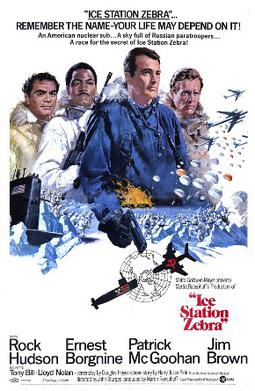
Ice Station Zebra is a 1968 American espionage thriller film directed by John Sturges and starring Rock Hudson, Patrick McGoohan, Ernest Borgnine, and Jim Brown. The screenplay is by Douglas Heyes, Harry Julian Fink, and W. R. Burnett, loosely based on Alistair MacLean's 1963 novel. Both have parallels to real-life events that took place in 1959. The film concerns a US nuclear submarine that must rush to the North Pole to rescue the members of the Ice Station Zebra.

The Secret Ways is a 1961 American neo noir mystery thriller film based on Alistair MacLean's 1959 novel The Last Frontier. It was directed by Phil Karlson and stars Richard Widmark.
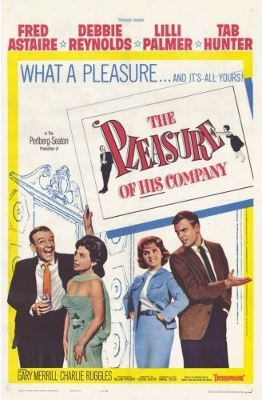
The Pleasure of His Company is a 1961 comedy film starring Fred Astaire, Debbie Reynolds and Tab Hunter directed by George Seaton and released by Paramount Pictures. It is based on the 1958 play of the same name by Samuel A. Taylor and Cornelia Otis Skinner.

Athabasca is a novel by Scottish author Alistair MacLean, first published in 1980. As with the novel Night Without End, it depicts adventure, sabotage and murder in the unforgiving Arctic environment. It is laid in the oilfields and oil sands fields of Alaska and Canada and includes a considerable amount of technical detail on the operations.

The Golden Gate is a novel written by the Scottish author Alistair MacLean. It was first released in the United Kingdom by Collins in 1976 and later in the same year by Doubleday in the United States.

The Way to Dusty Death is a thriller novel written by Scottish author Alistair MacLean. It was originally published in 1973. The title is a quotation from the famous soliloquy in Act 5, Scene 5 in Shakespeare’s play Macbeth.

When Eight Bells Toll is a 1971 action film directed by Étienne Périer and starring Anthony Hopkins, Jack Hawkins, Robert Morley, and Nathalie Delon. Set in Scotland, it is based upon Scottish author Alistair MacLean's 1965 novel of the same name. Producer Elliott Kastner planned to produce a string of realistic gritty espionage thrillers to rival the James Bond series, but the film's poor box office receipts ended his plans.
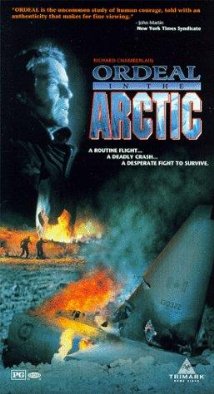
Ordeal in the Arctic is a television film written by Paul F. Edwards and directed by Mark Sobel. The film stars Richard Chamberlain, Catherine Mary Stewart, Melanie Mayron, Scott Hylands and Page Fletcher.
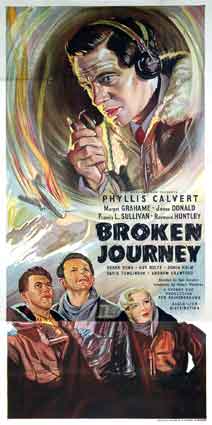
Broken Journey is a 1948 British drama film directed by Ken Annakin and featuring Phyllis Calvert, James Donald, Margot Grahame, Raymond Huntley and Guy Rolfe. Passengers and crew strugge to survive after their airliner crashes on top of a mountain; based on a true-life accident in the Swiss Alps.
Crash Landing is a 1958 American dramatic disaster film directed by Fred F. Sears starring Gary Merrill and Nancy Davis.


















